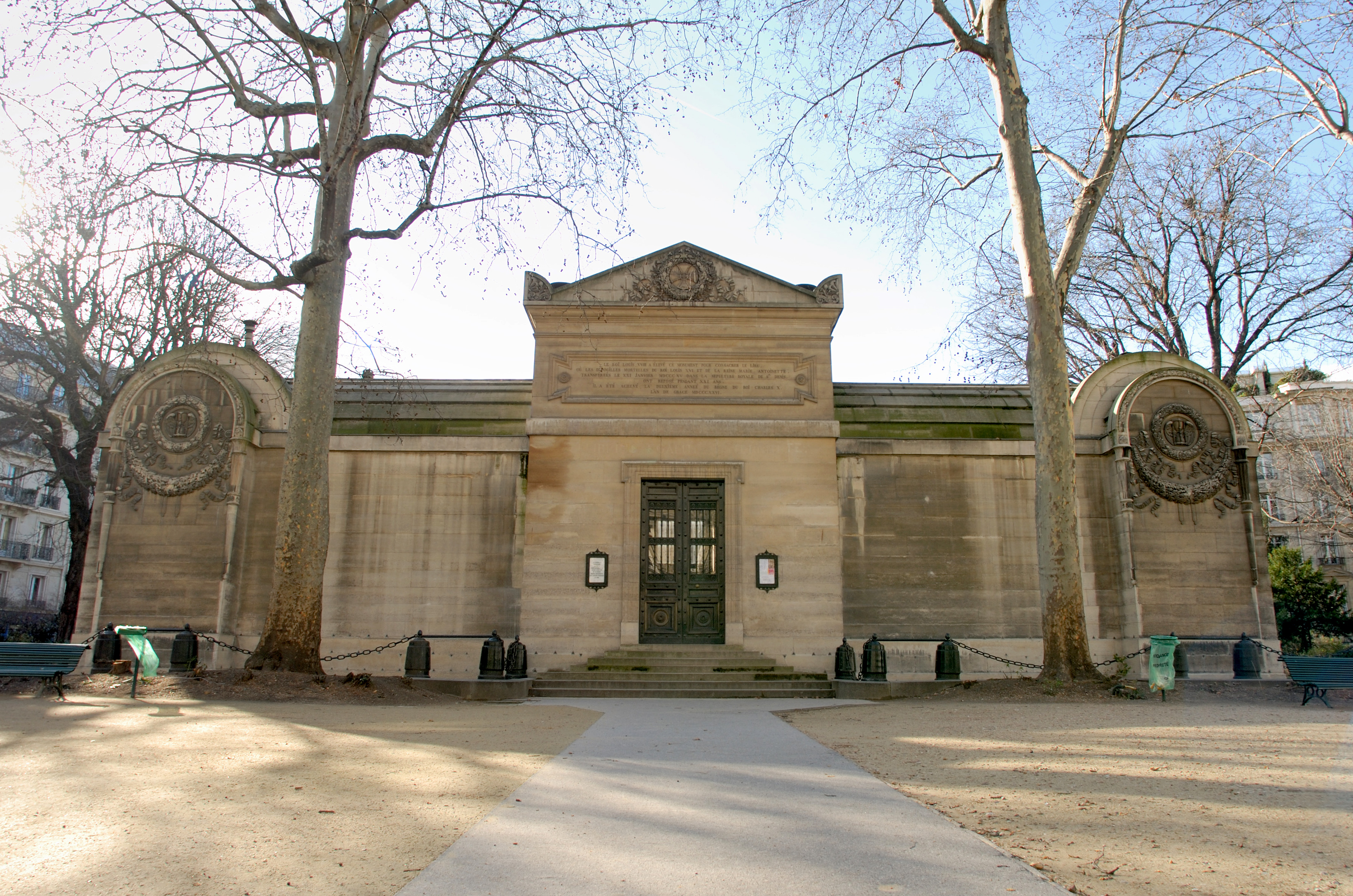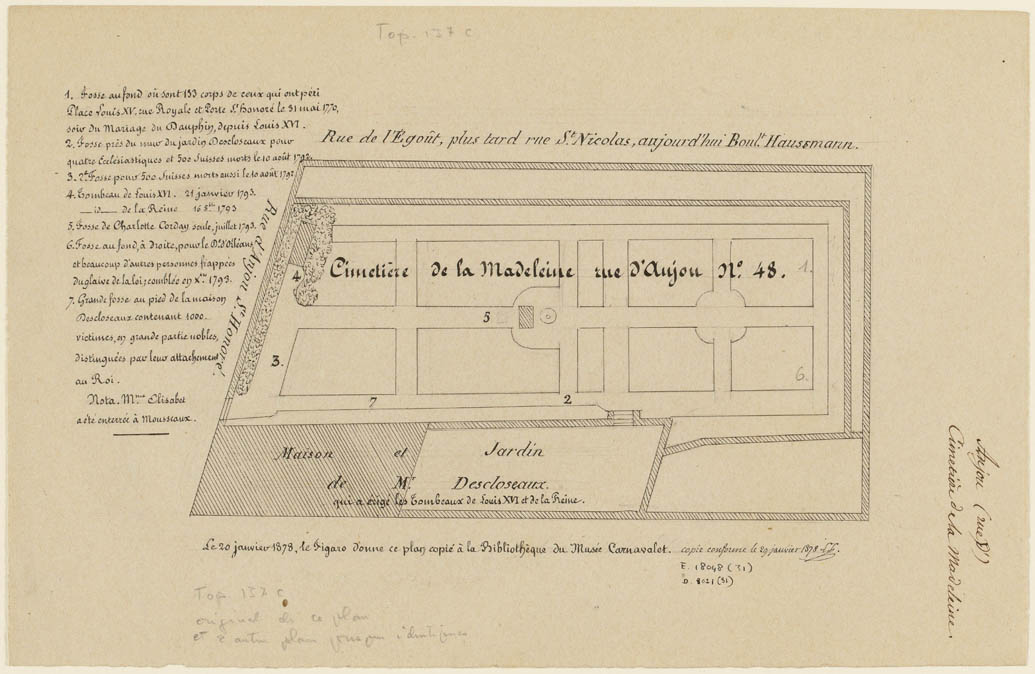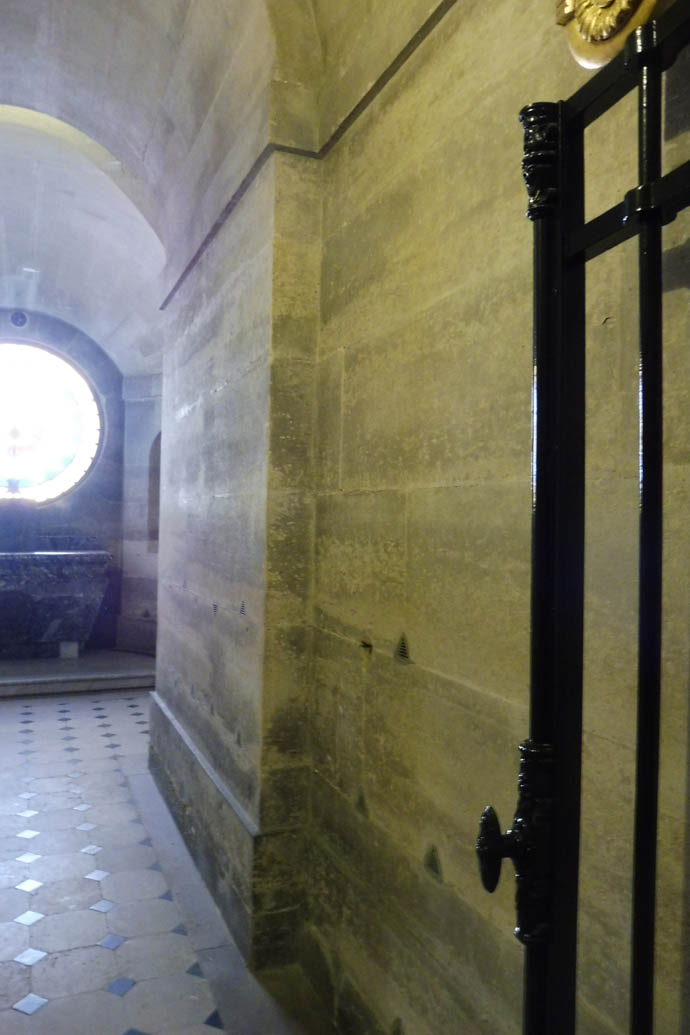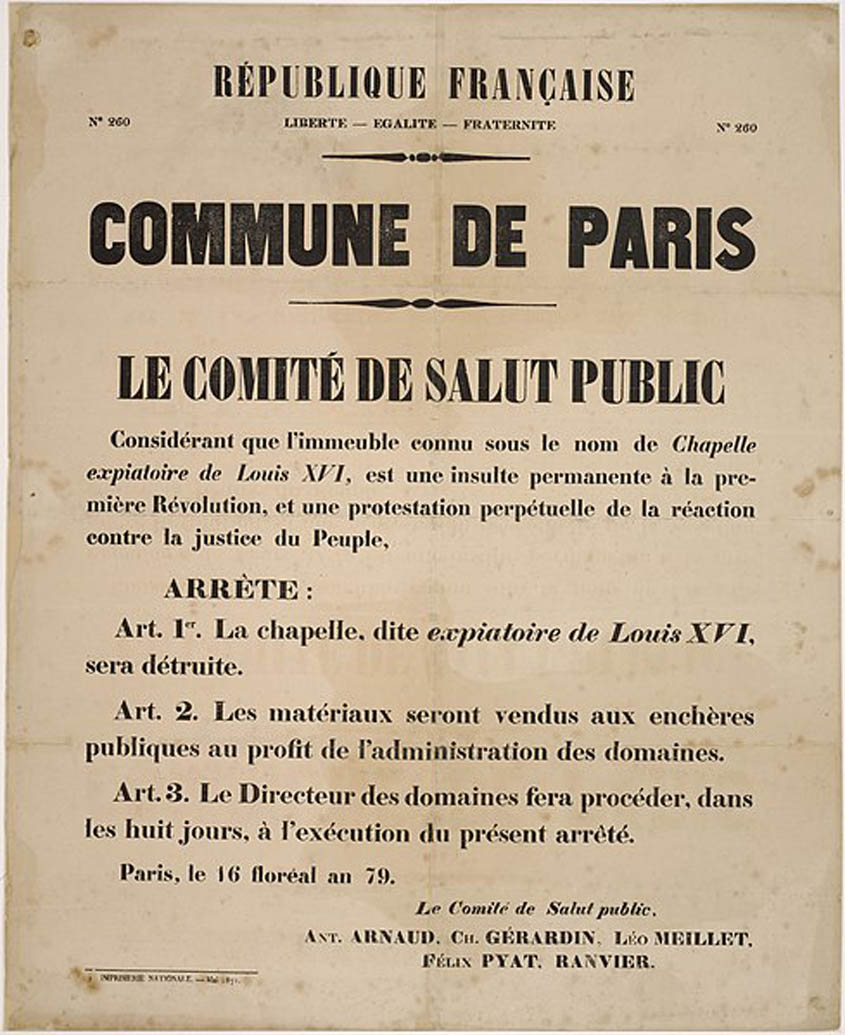The Expiatory Chapel: a Commemorative Site
In 1815, King Louis XVI’s younger brother came to power: he would be known as Louis XVIII. The new king not only wanted to facilitate the grieving of those affected by the deaths of the Revolution, but atone for the sins committed during this period as well. Consequently, he had an expiatory a chapel built on the former site of the Madeleine cemetery. Indeed, it was here where Louis XVI and Marie-Antoinette as well as many others, anonymous or famous like Olympe de Gouges, Madame Roland, the Duke of Orléans (or Philippe-Egalité), Madame du Barry or Charlotte Corday, were buried after being guillotined. The chapel’s first stone was placed in 1815, but it was not finished until eleven years later in 1826. A Royalist commemorative site, the Expiatory chapel was then seen as a threat to the Republic. In the 19th century, many planned on destroying it.
Location
Itinerary29 rue Pasquier
Suggestion
The Expiatory Chapel and its neighborhood
What to do with the Madeleine Church?
To find out more…
From cemetery to commemorative site
Starting at the end of the 18th century, the families and loved ones of those who were guillotined attempted to find out where the Revolution’s victims had been buried. A neighbor of the Madeleine cemetery, Pierre-Louis-Olivier Desclozeaux, bought the patch of land in 1796, established the first list of burial sites and drew up a record of those who were buried here. In the 19th century, drawings of the Madeleine cemetery made it possible to imagine how these sites were organized during the Terror.
The ossuaries of the lower chapel
The Expiatory chapel was first and foremost designed by Louis XVIII as a site for commemoration and prayer in tribute to Louis XVI and Marie-Antoinette. In the lower chapel, the altar indicates the former location of the remains of the fallen king who, along with those of Marie-Antoinette, were transferred to the royal necropolis of Saint-Denis in 1815. However, it also became a more general commemorative site dedicated to those who died in the Revolution. Four ossuaries 2.40 meters high and 3 meters deep were assembled in wooden casings and then walled in. Today, they still contain a large amount of bones specifically coming from the cemetery’s guillotine victims. Hidden from view, they still fulfill Louis XVIII’s objective: honor the dead, but erase the memory of the Revolution.
A site of political tension!
In the 19th century, the Expiatory chapel was seen as a Royalist sanctuary. Many Republicans hoped to remove it. Consequently, during the insurrection of the Paris Commune (1871), the Committee for Public Safety published a decree ordering its destruction.









